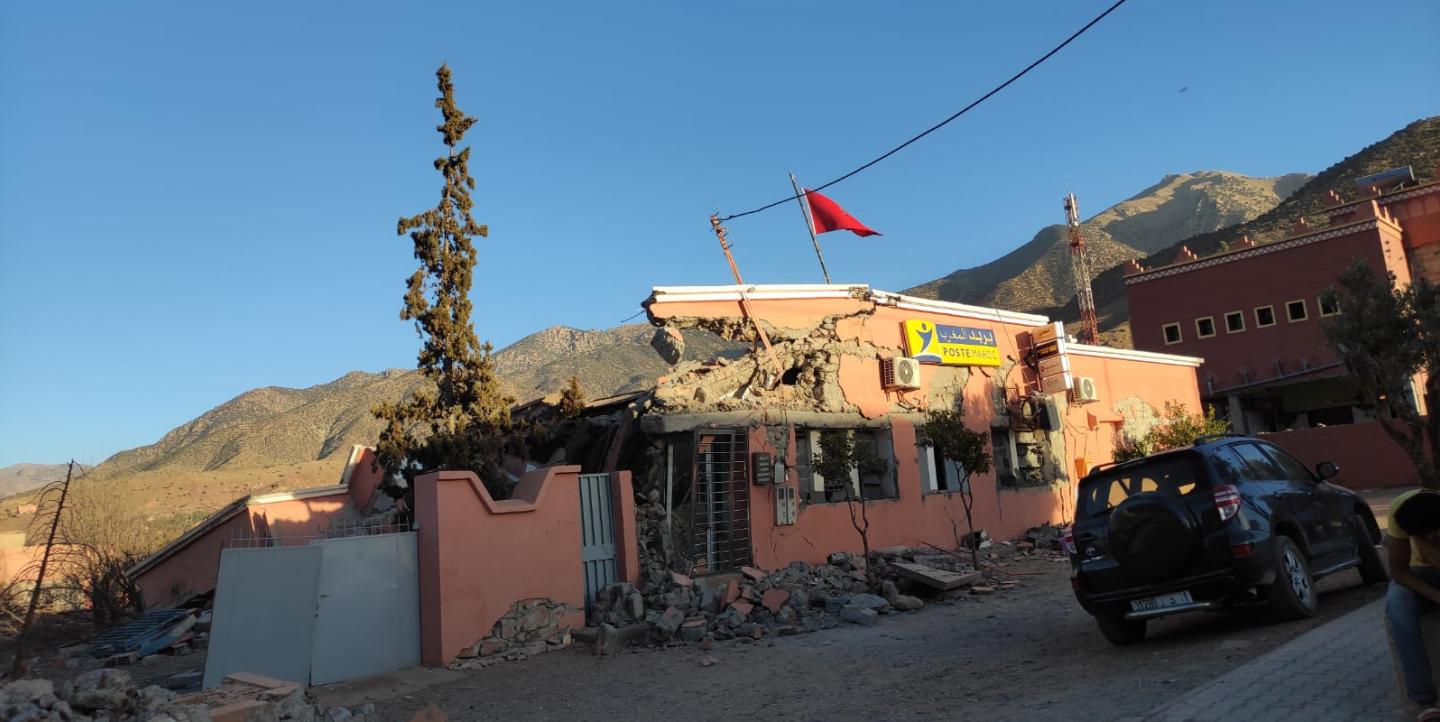On Friday, September 8, a magnitude 6.8 earthquake struck the city of Marrakesh and the Al Haouz region in Morocco, killing almost 3,000 people in the latest count, and injuring thousands more. It is the deadliest earthquake Morocco has experienced since 1960, when the Agadir earthquake killed at least 12,000 people.
In the aftermath of natural disasters, people are on edge and in need of reliable information. The pivotal role journalists play is magnified at these times: they must report quickly and accurately while verifying fast-changing details on the ground. All while ensuring their own safety.
I reached out to Moroccan journalists covering the Al Haouz earthquake for their topline advice for covering the disaster. They also suggested some local sources and initiatives that journalists can turn to for reliable information:
Journalists' testimonies
Wafaa Taouzri, a journalist at Medi1 Radio in Tangier, recounted how the outlet provided constant coverage of the earthquake that began soon after it struck. The newsroom contacted official government bodies such as the Ministries of Interior and Health to obtain information on the earthquake’s impact. Medi1 set up a crisis team, which relayed live, fact-checked information to audiences.
Mohamed Laghrouss, editor of the Rabat-based Al3omk, emphasized the need for on-the-ground coverage. After the earthquake, Al3omk added two extra journalists to its Marrakech office to provide real-time updates and help verify information directly from the site of the disaster, Laghrouss said.
2M TV, in Casablanca, sent journalists to the field to cover the earthquake. The outlet provided coverage in all three official languages of Morocco: Arabic, French and Tamazight, the language spoken in the High Atlas Mountains, which saw the greatest damage, said 2M TV’s Oussama Taïa.
Natural disaster safety procedures
Journalists must make sure they’re well-prepared from a safety standpoint when reporting on earthquakes and other natural disasters. They should enroll in training on disaster and crisis reporting when they can, and develop risk assessments before heading into the field.
Journalists should keep in mind that earthquakes are unpredictable; it’s critical to be flexible and willing to adapt when reporting on them, said Fadwa Kamal, a project manager at ICFJ.
The area where the earthquake struck in Morocco is mountainous, and journalists should have knowledge of the rough, winding roads that became even more dangerous after the rockslides caused by the quake, she added. Taïa advised the importance of hiring local guides who are familiar with the roads.
Journalists should research the history of earthquakes in areas where they are common and consider possible scenarios of an earthquake’s consequences in a given location, said Kamal. These steps can help newsrooms anticipate areas that might require immediate coverage in the future.
She also suggested that journalists remember to "drop, cover, and hold on" when an earthquake hits. Other tips from Kamal include:
- Ensure that psychological support and resources are made available to reporters on the ground.
- Comb the area you will be covering and find escape, shelter and emergency locations, as well as nearby health services.
- Coordinate with local authorities, emergency response teams, and disaster management agencies to help with access to restricted regions.
- Share your itinerary and contact information with colleagues and family members.
Combating misinformation around earthquakes
False and unverified information tends to spread during natural disasters. Journalists must take care to fact-check any information before publishing.
When verifying information, begin by monitoring developments and following up on any information before publishing or reposting, said Yasmine Laabi, a digital verification journalist with AFP. Fact-check data, and cross-reference news trending on social media.
Laabi suggested that journalists make use of reverse image searches to verify when and where multimedia was initially published. This past week, for example, many news sites posted a video of prayers in a mosque claiming it was shot during the earthquake. However, the Al Haouz earthquake occurred at 11:10 p.m., which is not a prayer time.
Journalists should follow media organizations that regularly collaborate with reporters on the ground, Laabi added, and consult official sources to obtain information about the number of casualties.
Some Moroccan media outlets have set up initiatives to help verify information. Agence Marocaine De Presse, for example, launched SOS Fake News, to monitor and verify information around the earthquake.
Medi 1 TV launched a reporting initiative to stem the flow of misinformation around the earthquake, and created a special page on its website dedicated to publishing reliable information around it. The Moroccan Federation of Newspaper Publishers has called on journalists to counter false narratives, and maintain high professional and ethical standards in their coverage.
For more Arabic-language safety resources, journalists can visit:
- Covering the News in a Dangerous and Changing World Guide, from the Committee to Protect Journalists
- Safety Guide for Journalists: A Handbook for Reporters in High-Risk Environments, from UNESCO
Main image courtesy of Oussama Taïa.
This article was originally published on our Arabic site and translated by Lina ElShrief.


